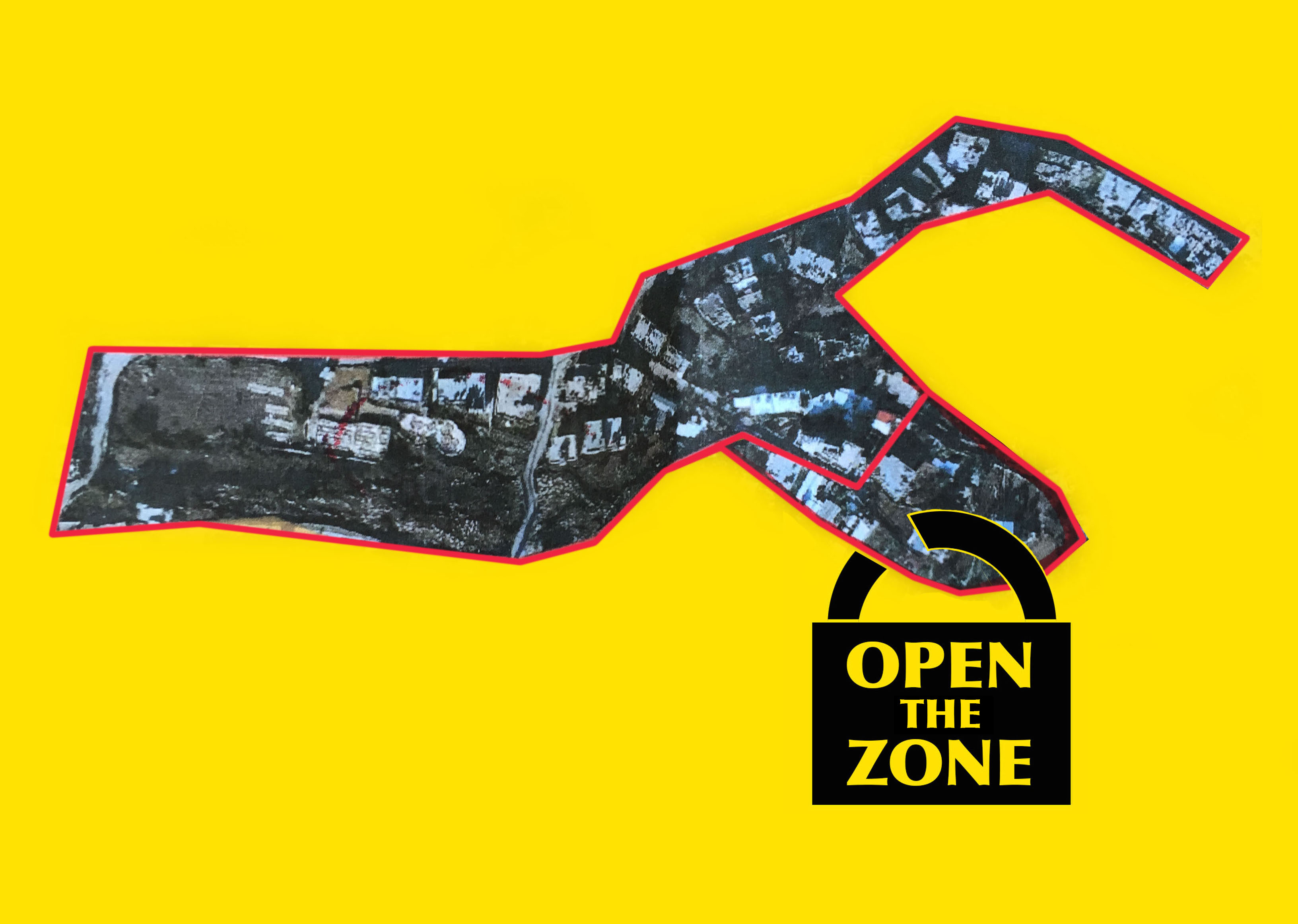-
Video : Demolished Home In Wadi Joz , East Jerusalem
https://www.youtube.com/watch?v=AMO1lIhzZyg&feature=youtu.be 21 May 2016 | International Solidarity Movement, Al-Quds team | Jerusalem, occupied Palestine The 14 members of Abu Sadam’s family remain homeless after their home was destroyed by the Israel Army in the early hours of Tuesday morning in the Hizbet area of Wadi Joz, Jerusalem. The family are calling for solidarity […]
-
An end to discrimination? Closed Military Zone in Hebron neighbourhood officially stopped
20 May 2016 | International Solidarity Movement, al-Khalil team | Hebron, occupied Palestine The closed military zone (CMZ) encompassing the Tel Rumeida neighbourhood and Shuhada Street in occupied al-Khalil has officially been lifted. According to the Israeli army spokesperson, the CMZ-order was not extended, now allowing some non-residents into the area. The International Solidarity Movement […]
-
The three minute warning…..
18th May 2016 | International Solidarity Movement, Al-Qud team |Al-Quds, Occupied Palestine On Wednesday we sat with Abu Sadam in the rubble of all that remains of his family’s house, in Hisbet Wadi Joz, East Jerusalem. Early Tuesday morning at about 2am occupying forces arrived with a digger to demolish the house. The Israeli authorities […]
Action Alert An Nabi Saleh Apartheid Wall Arrests BDS Bethlehem Bil'in Cast Lead Demonstration Denial of Entry Ethnic Cleansing Farmers Gaza Global Actions Hebron House Demolition International law Israeli Army Jerusalem Live Ammunition Nablus Ni'lin Prisoner Ramallah Rubber-coated steel bullets Settlement Settlers Settler violence Tear-Gas Canister Video

